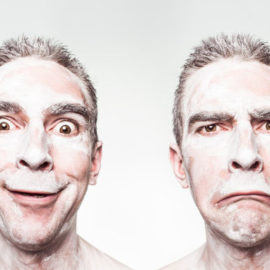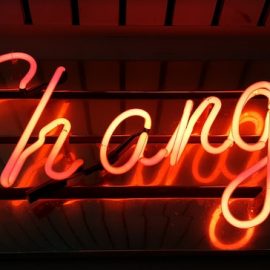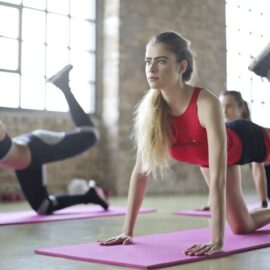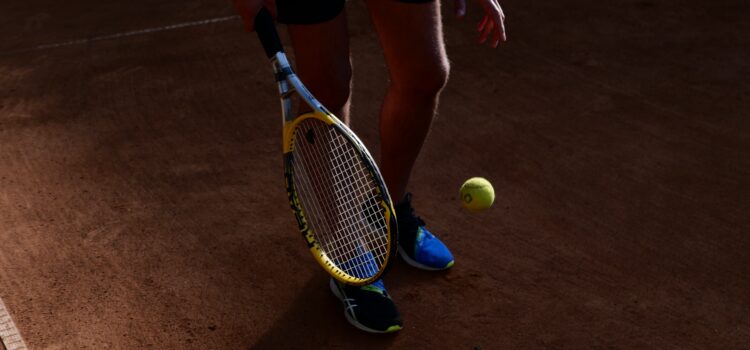
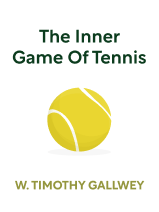
This article is an excerpt from the Shortform book guide to "The Inner Game of Tennis" by W. Timothy Gallwey. Shortform has the world's best summaries and analyses of books you should be reading.
Like this article? Sign up for a free trial here .
What is self coaching? How can it help you improve as a tennis player?
Self coaching is the way you evaluate your game and your openness to learning. We often refer to this as coachability, but self coaching is also important.
Read more about self coaching and how you can use learning to improve your game.
Self Coaching: Letting Yourself Learn
If your body already knows how to do something like hit a forehand, you should let it happen. If not, you should let it learn. The more Self 2 practices, the more the body learns. The brain picks up and stores things like what a nice stroke feels like, how quickly the ball comes at you, and so on. This is where self coaching can help you.
Think about this like learning a dance:
- If you have to learn something like the foxtrot and are taught all of the steps, it takes forever to figure out.
- On the other hand, if you’re out one night and you’re watching your friend do a dance, which is probably much more complicated than the foxtrot, you can often pick it up right away, because you absorb the visual in front of you and then feel what it’s like to imitate that image.
- If you’re asked to explain how to do that dance, you probably wouldn’t be able to, but you could demonstrate. By contrast, most tennis players can give a very detailed explanation of how to hit a ball properly, but can’t do it on a consistent basis themselves. This shows we’re learning the game of tennis all wrong.
Use imagery to communicate with your body. Here are three strategies:
- Ask for results: Imagine the result that you want—in tennis, hitting a forehand deep into the court with power.
- Ask for form: Imagine a change in the way that your body should move—for example, if you know you’re rolling over too much on the ball, think about exactly how you want your stroke to look. Consider shutting your eyes as you practice this.
- Ask for qualities: Pretend to be someone other than yourself—in the case of tennis, be a professional, and try to play like her. Or, adopt a style of playing tennis entirely different from the one you’re used to: if you’re a defensive player waiting to make a mistake, try to hit lots of winners. If you’re a more formal player, adopt a scrappier style. This will help you realize that you can rely on all of these qualities as a player.
If you have access to tennis courts, try these experiments in self coaching.
Using these strategies, try to hit a stationary target with a tennis ball. Once you’re successful, move the target around to other places on the court, keeping in mind everything about not trying too hard and imagining the ball hitting the object. The ball will either hit the target or not—every time, notice where it lands, without passing judgment.
Choose a bad habit that you know you have on the court. Try the way you are used to trying to correct the habit and have a friend watch you and let you know if there are any changes. Then, don’t make any attempt to change your habit and just closely observe your results while hitting. Finally, use the imagery strategies just discussed—ask for results, form, qualities, or all three—and watch your results closely without judgment.
Self coaching is an important part of your game, and you can learn to do it without judgment.

———End of Preview———
Like what you just read? Read the rest of the world's best book summary and analysis of W. Timothy Gallwey's "The Inner Game of Tennis" at Shortform .
Here's what you'll find in our full The Inner Game of Tennis summary :
- Why tennis is actually a mind game
- How to quiet the mind and concentrate intently
- Why your self-worth shouldn't be dependent on how you do in competition


